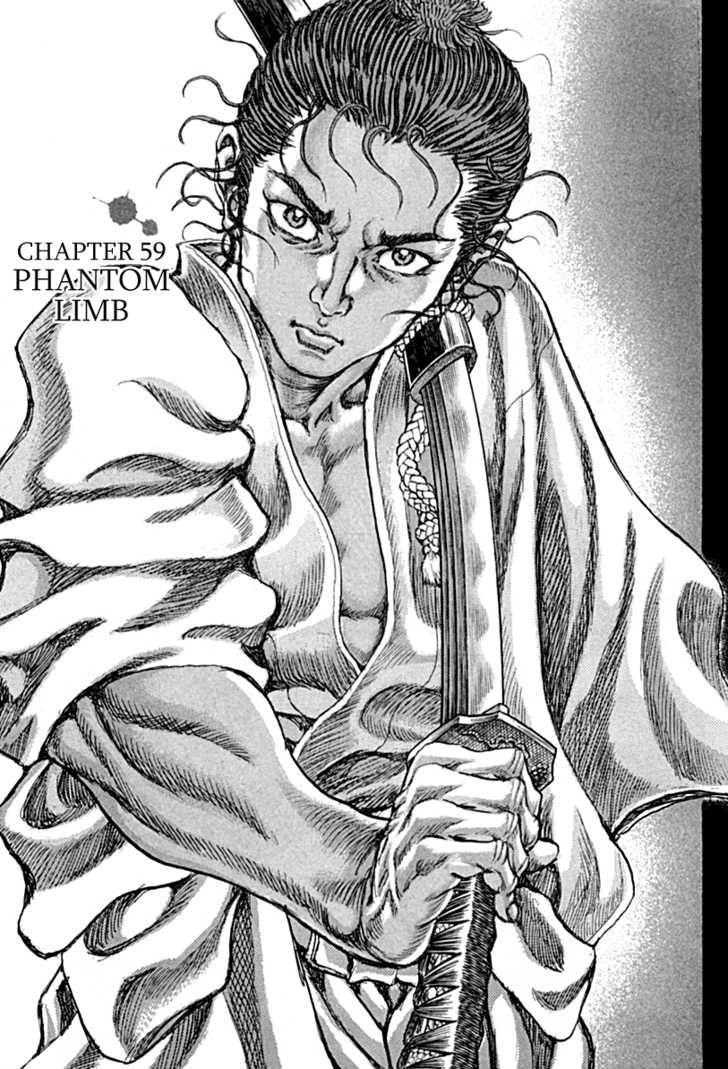

Accompanying him was Mie, the young daughter of Iwamoto Kogan, founder of the Kogan School. Fujiki was recommended by the Karo, the top ranking Samurai official in service to feudal Japan during the Edo period. Sitting before Hyuuga Masahisa was young man named Fujiki Gennosuke from the Kogan-ryuu school. Later in April of that same year, in order to ensure that no swordsman who was participating in the tournament should present himself in an unsightly manner before the eyes of Lord Tadanaga, Suraga’s grand Master of Martial Arts, Hyuuga Masahisa, subjected each contestant to a physical examination.


Torri Naritsugu eventually succumbed to his wounds and died, but not before calling the disinterested Tokugawa Tadanaga a fool. In a final act of protest, Torri reveals he had committed Seppuku a short while earlier, but was concealing the gaping wound in his stomach. Torri argues that wooden swords would prove more than sufficient and with the nation long enjoying peace time, desecrating the garden of Sunpu Castle with blood would surely be interpreted as an expression of rebellion against the Shogunate. He pleads with Tokugawa Tadanaga against holding a tournament inside the Castle, for which 21 contestants will employ the use of real swords. Years earlier, in January 1629 at Sunpu Castle, Torri Naritsugu, the Governor of Tosa, appears before officials in intense pain. Tokugawa Tadanaga, Lord of Sunpu Castle and the younger brother of Shogun Tokugawa Iemitsu, has been sentenced to commit seppuku on being found guilty of immoral conduct and atrocities. The story begins at Sunpu Castle on December 6th 1633.


 0 kommentar(er)
0 kommentar(er)
